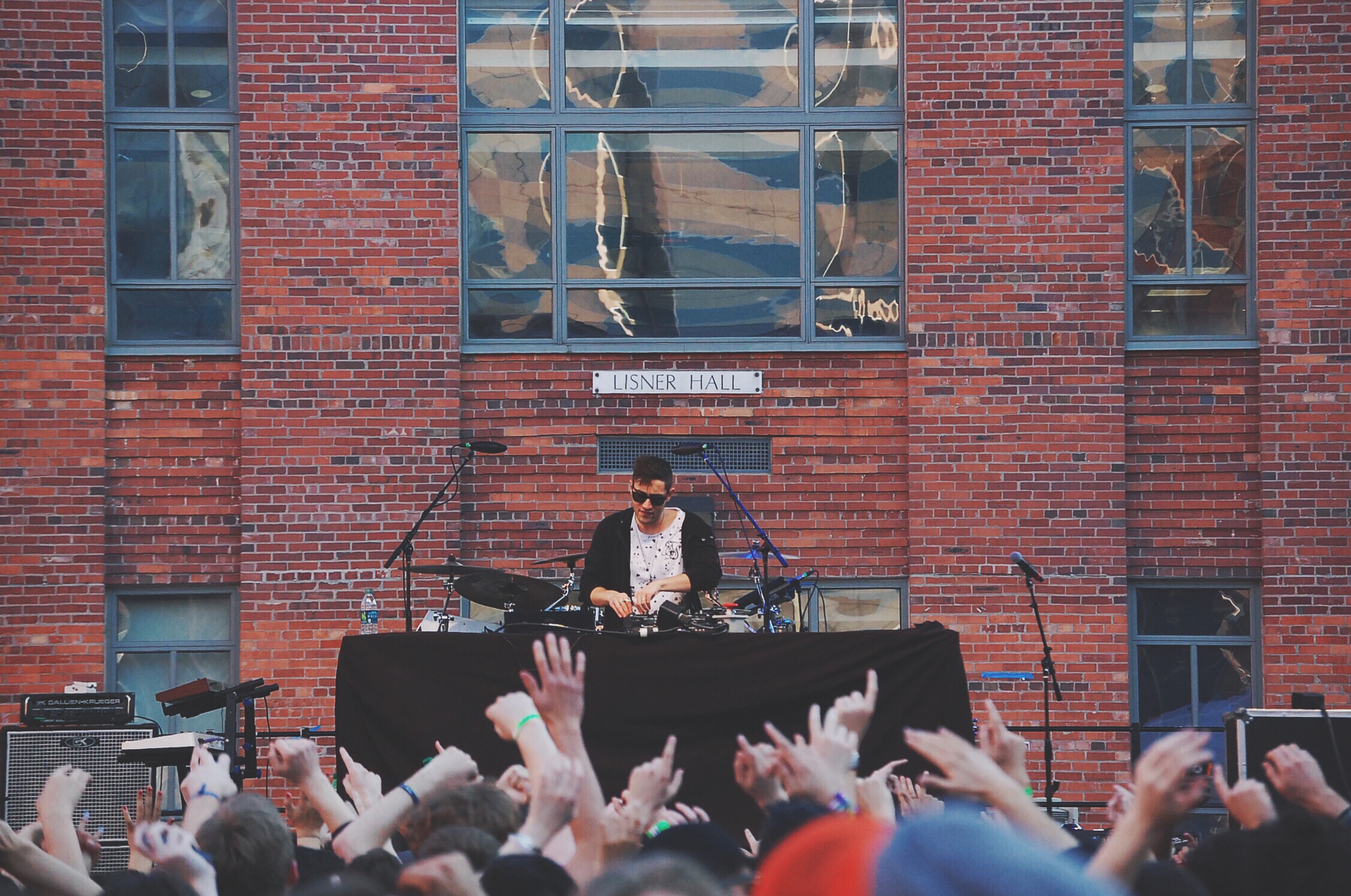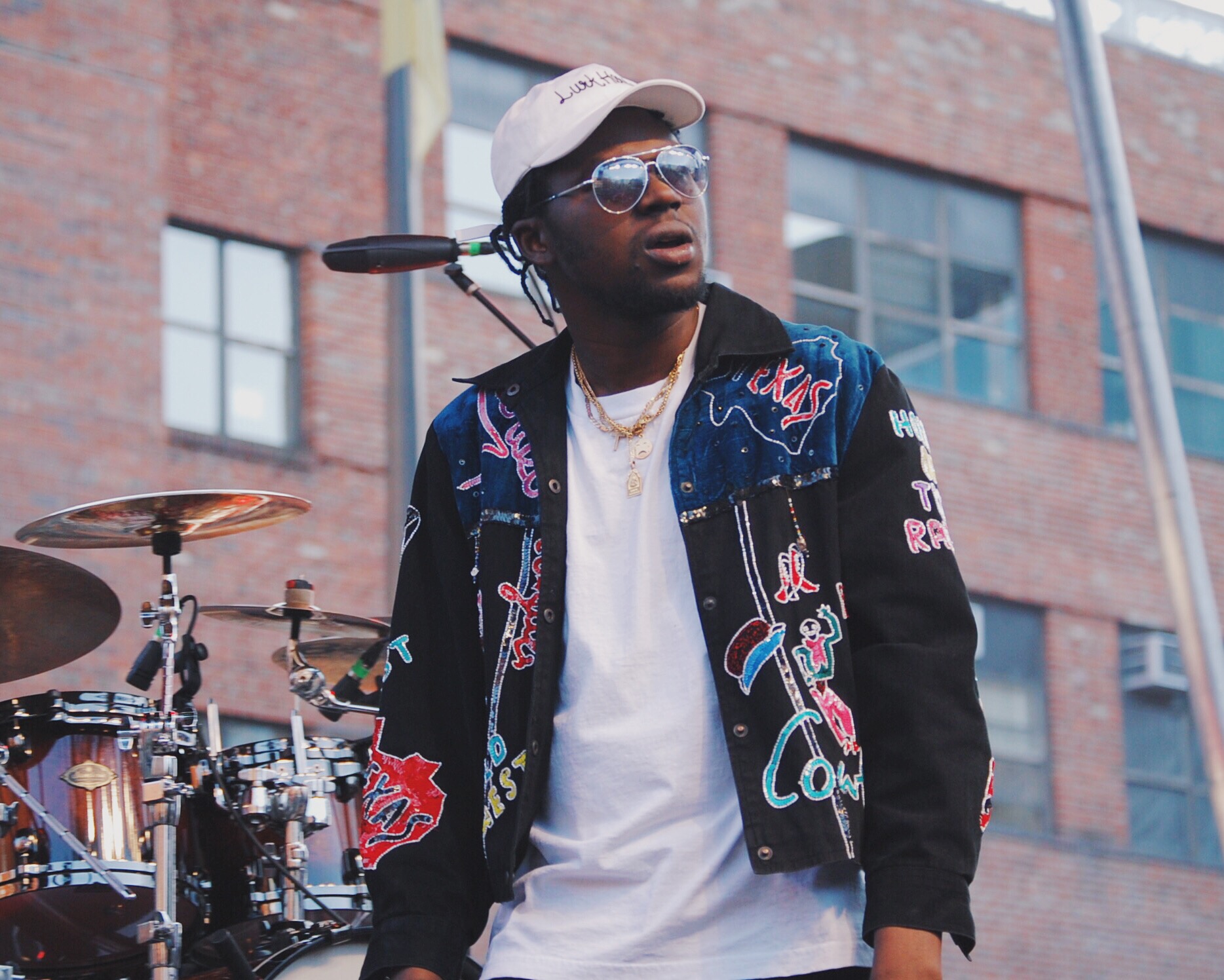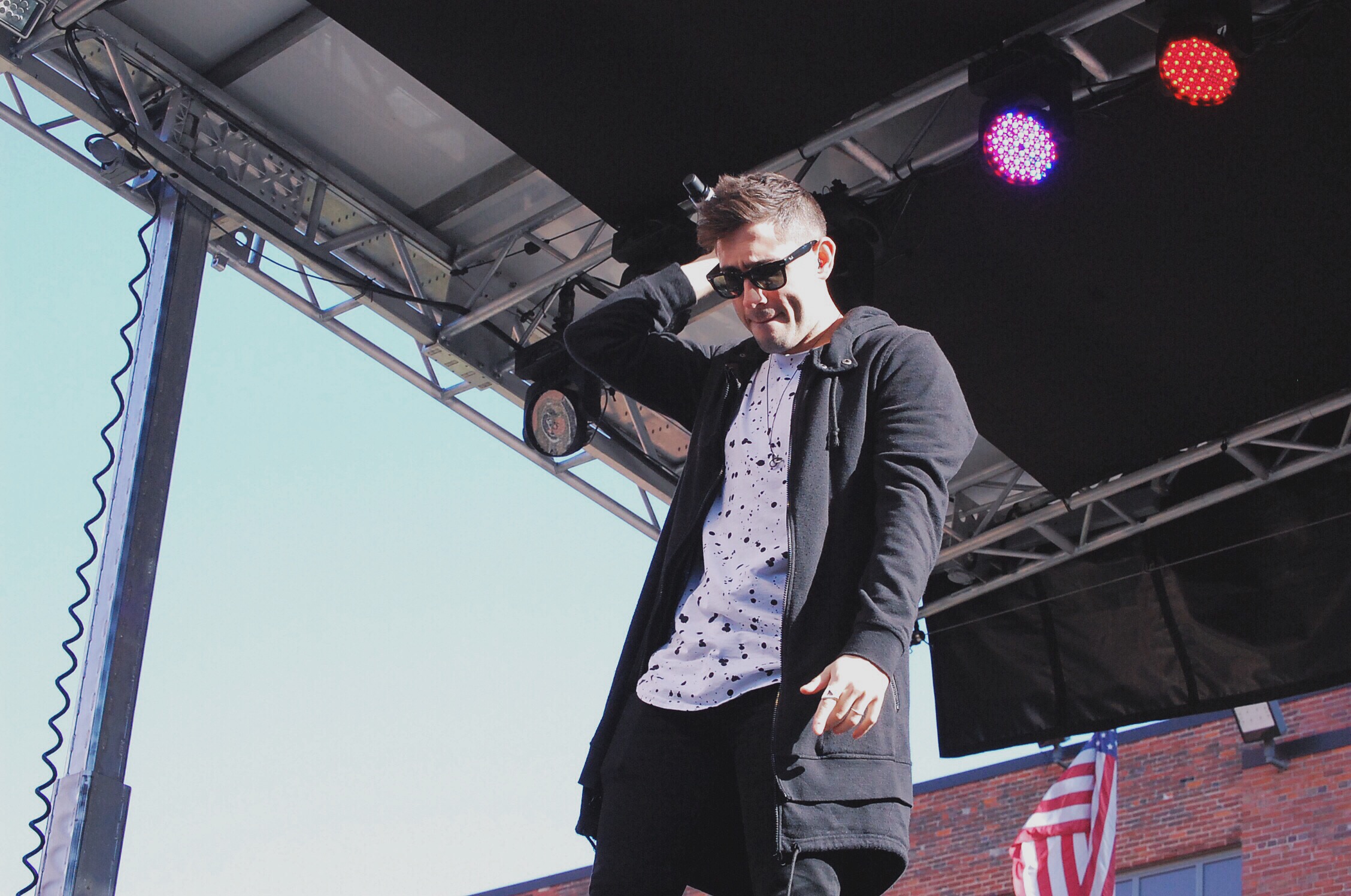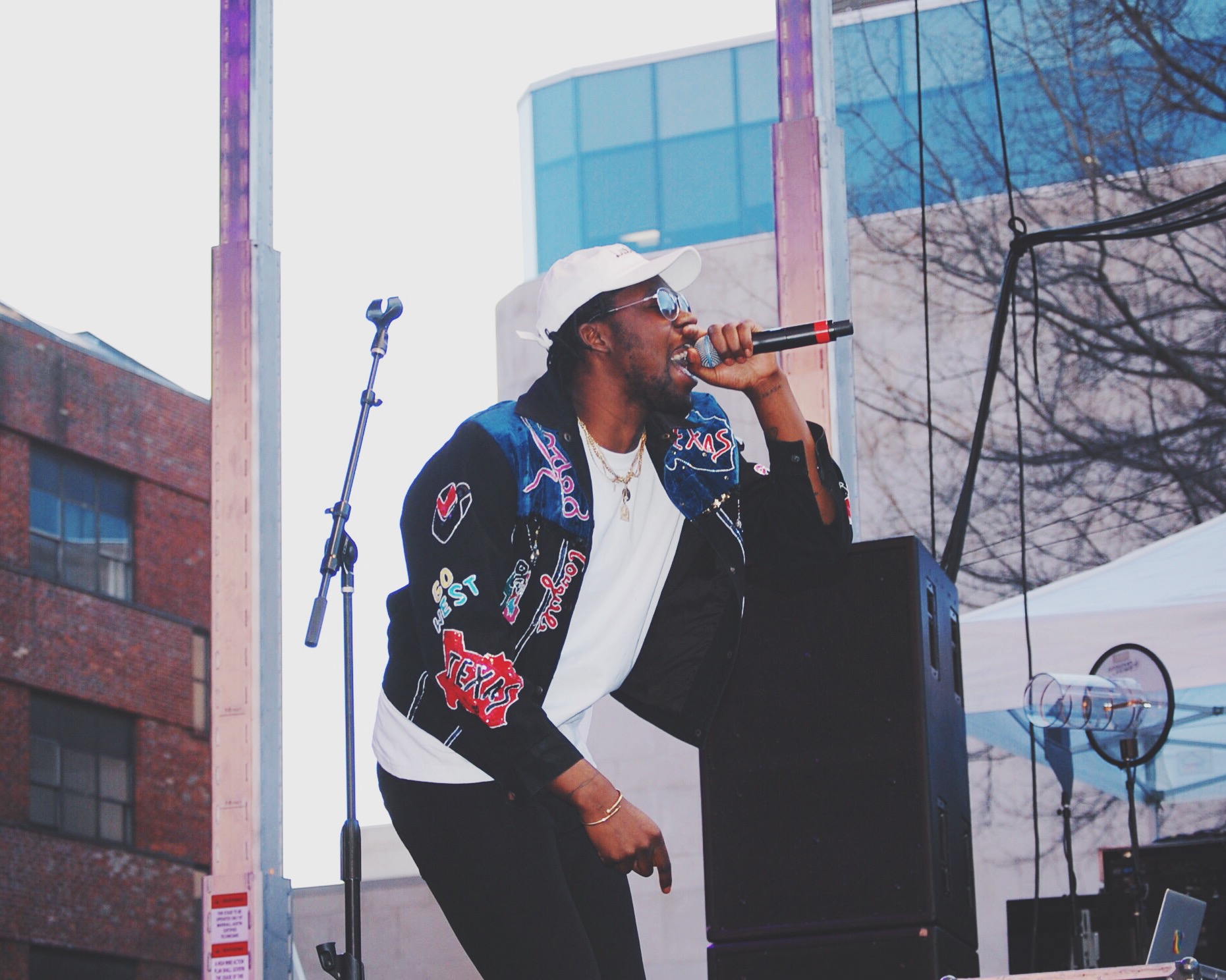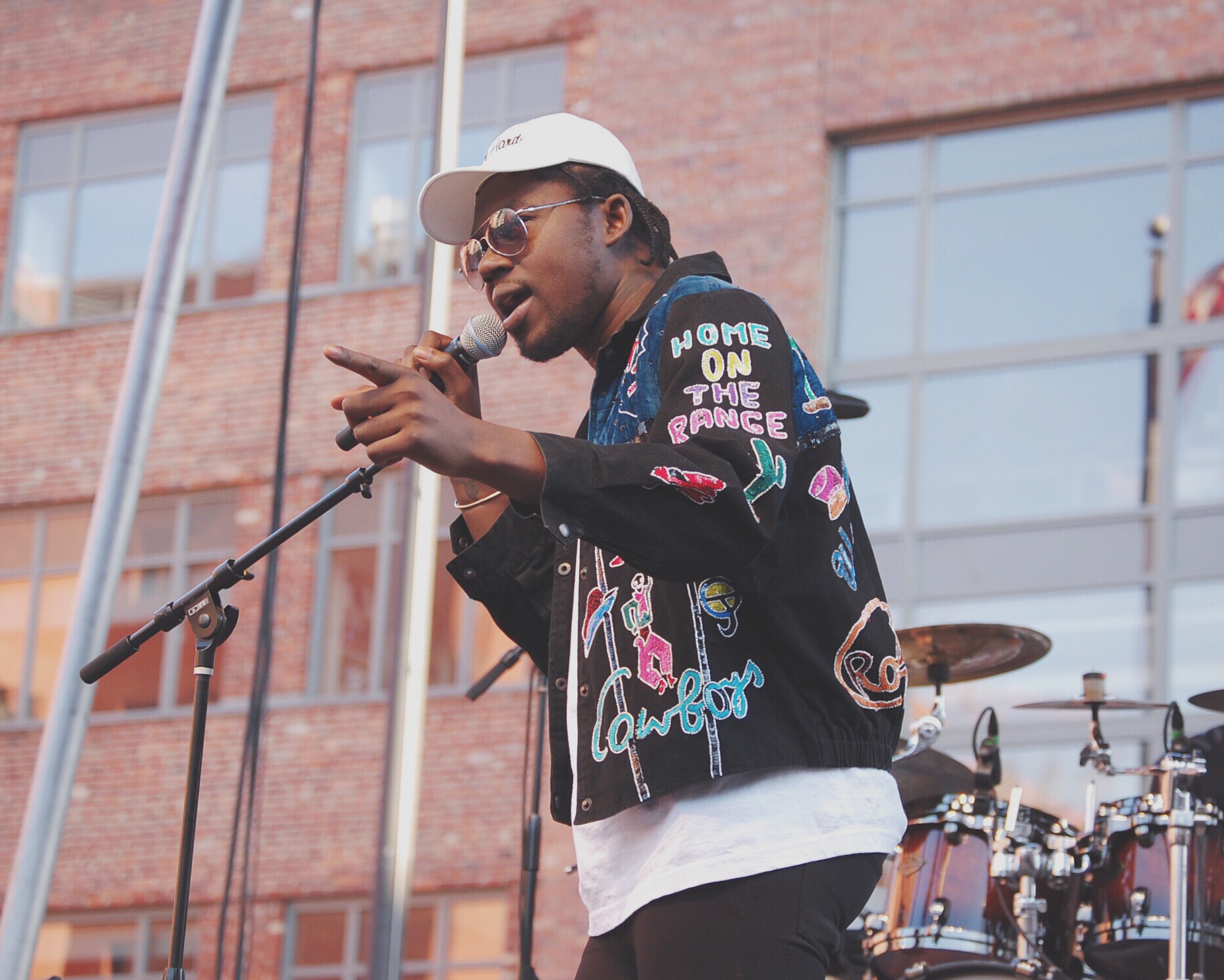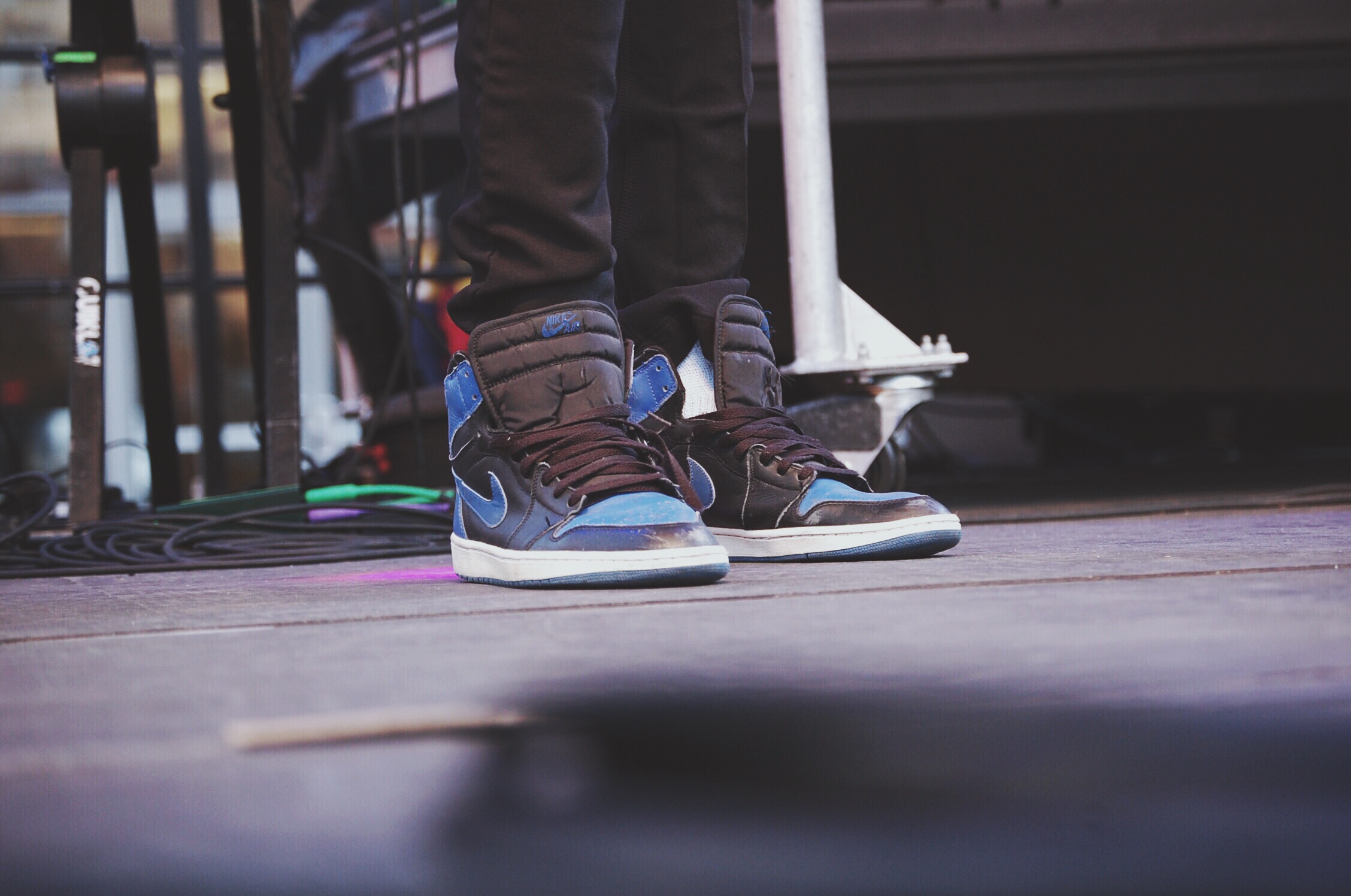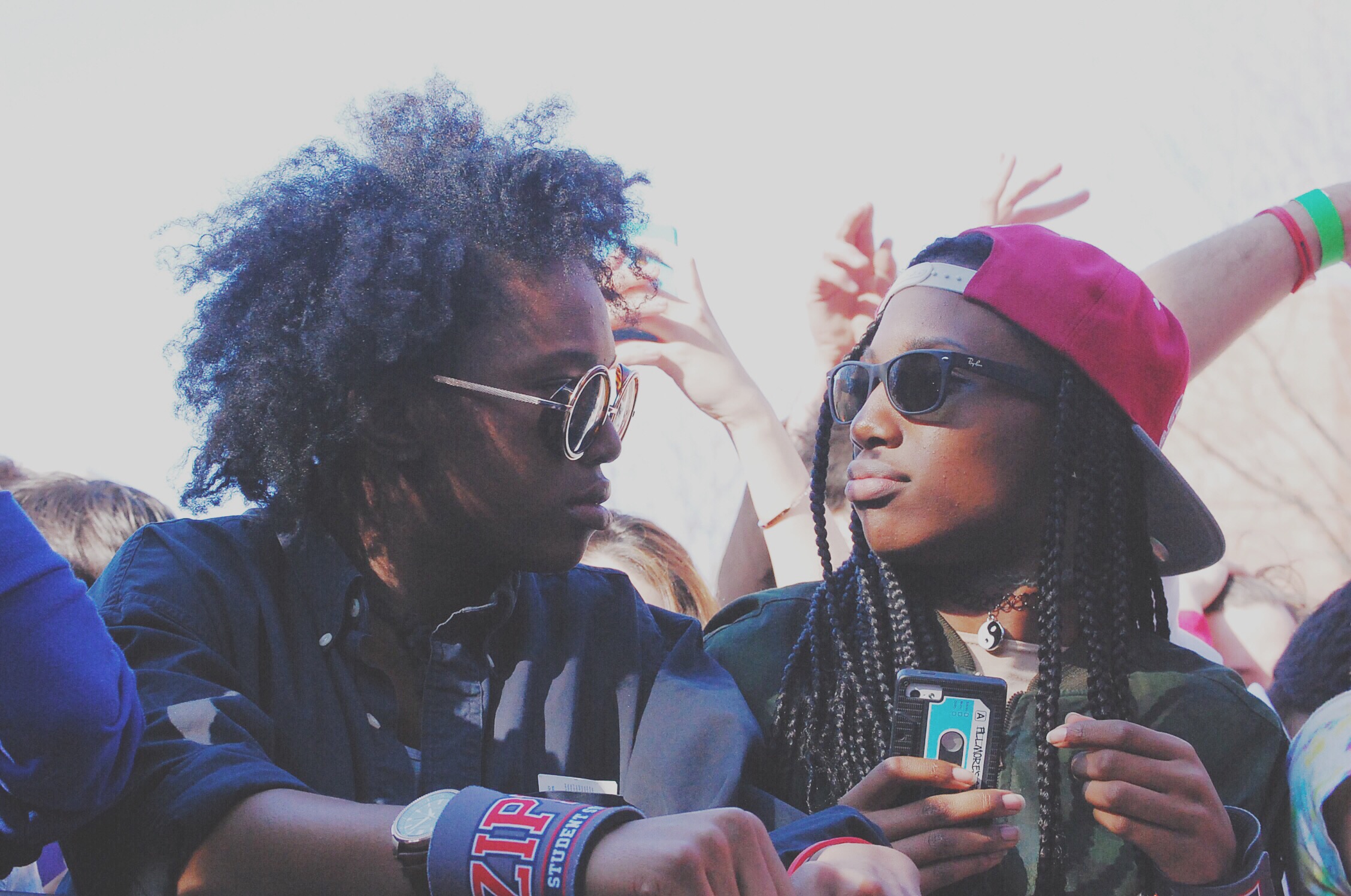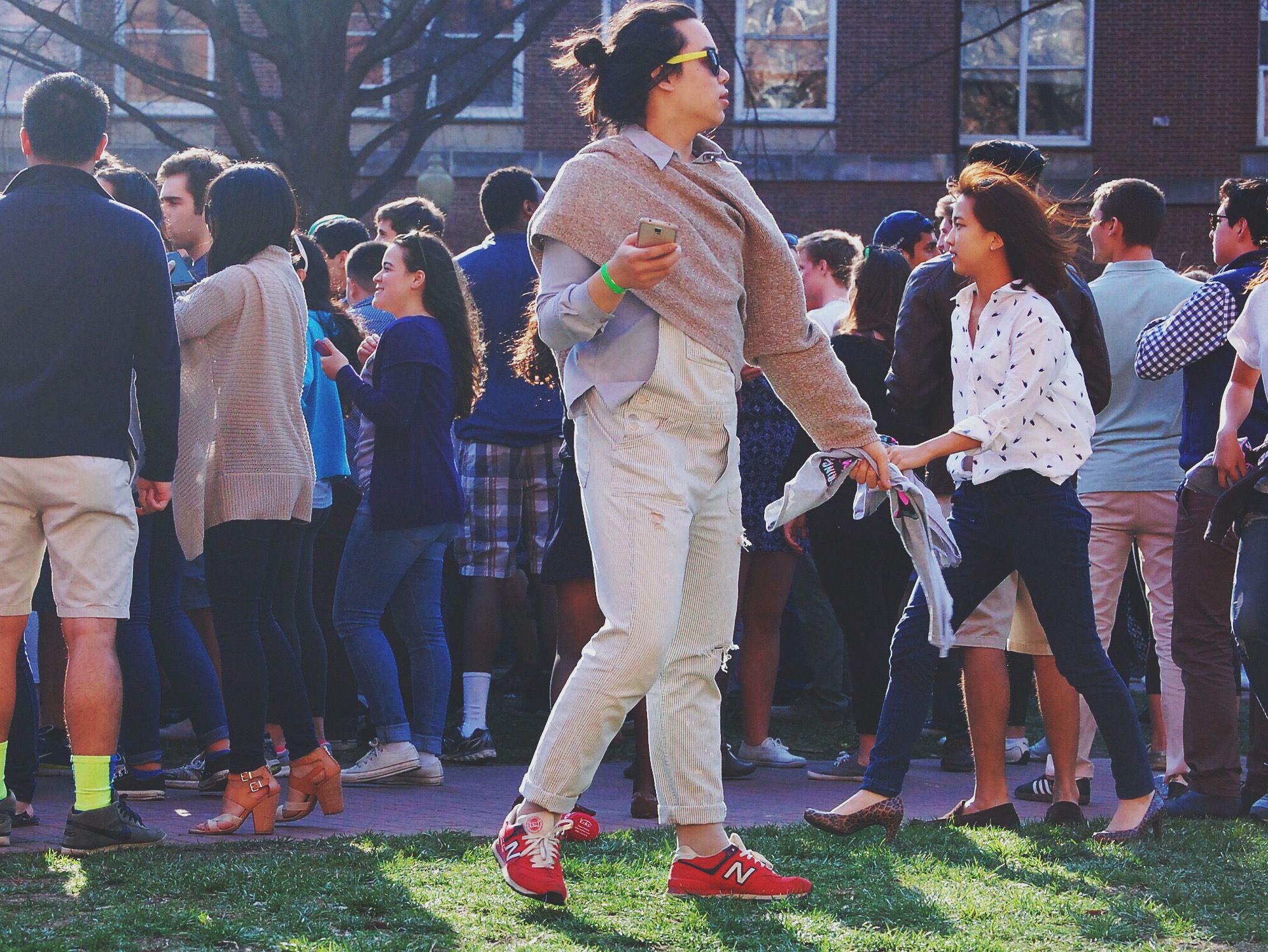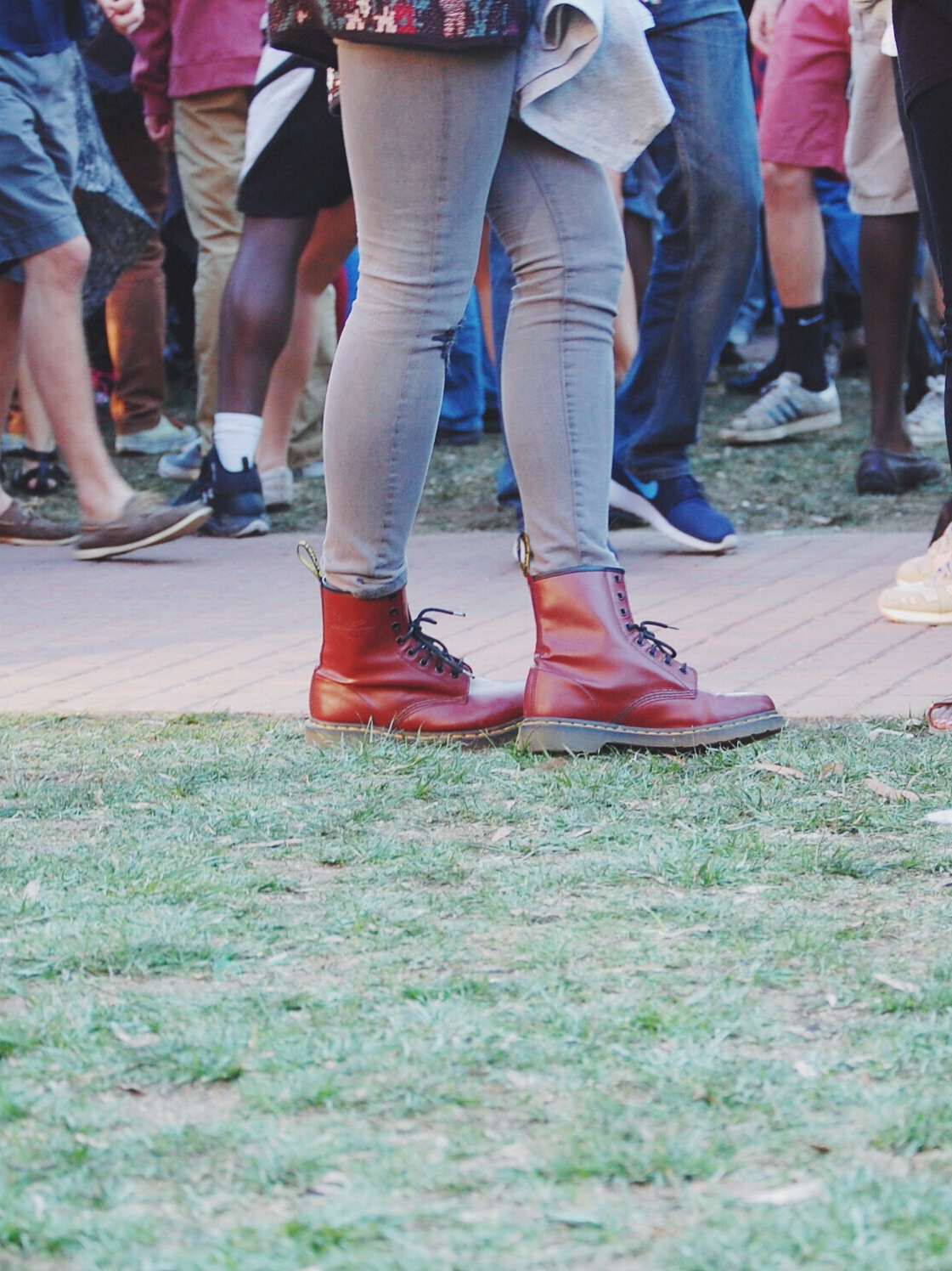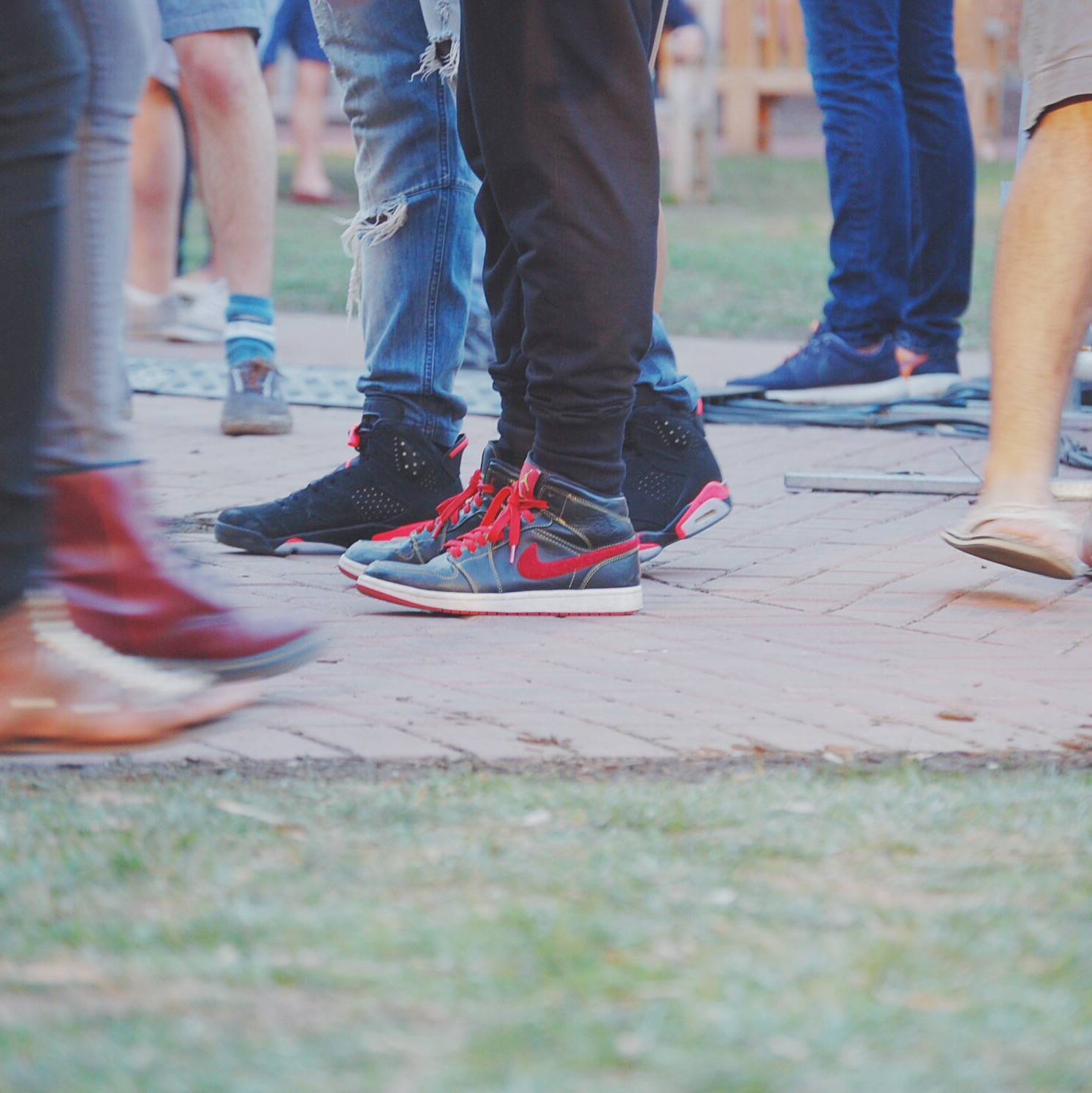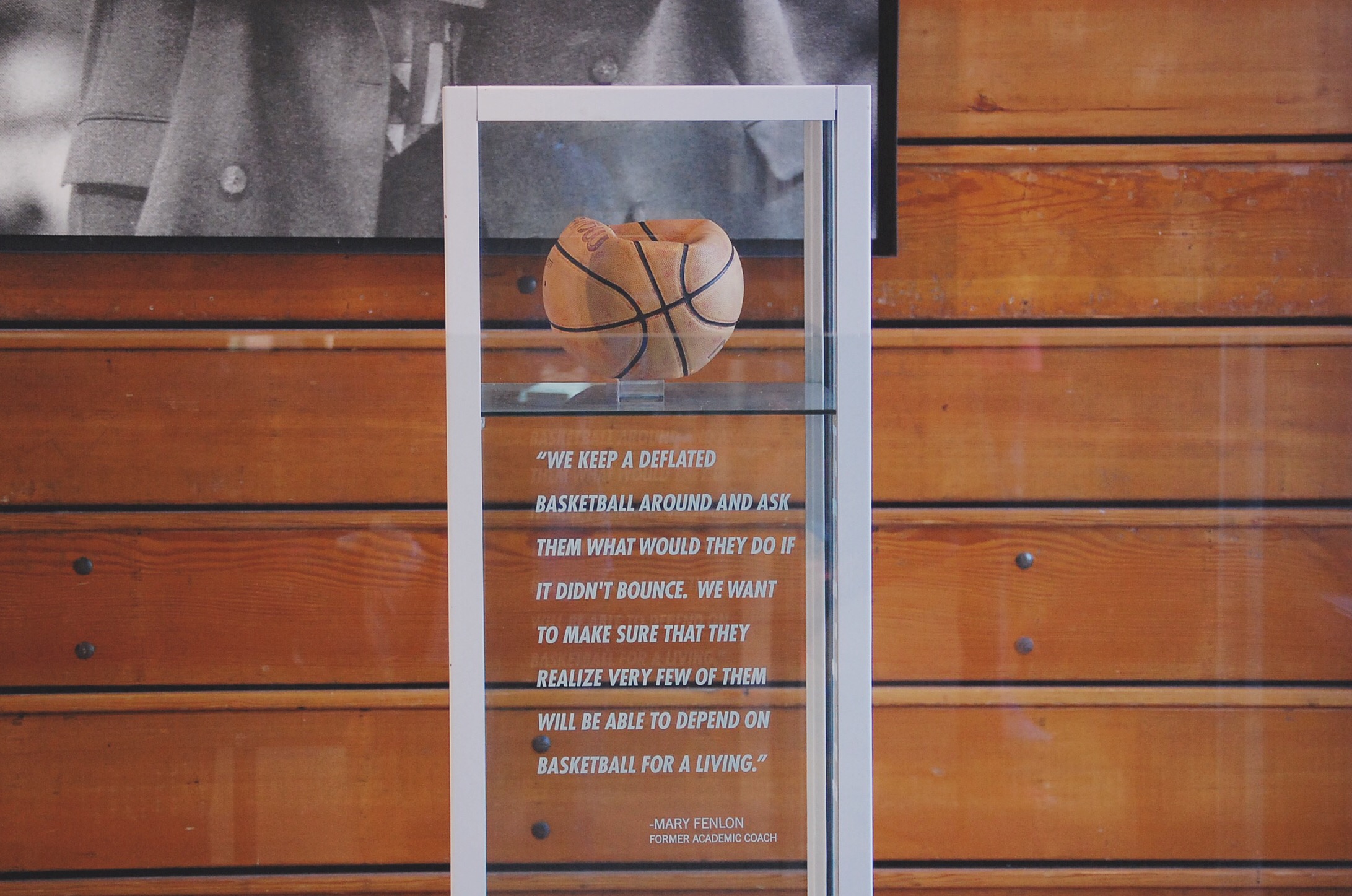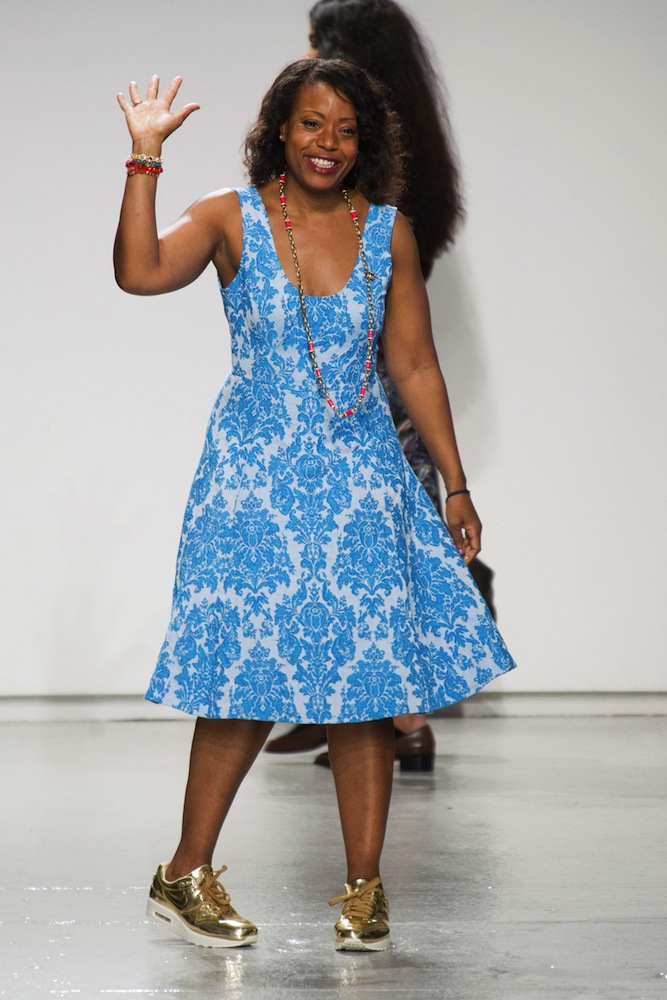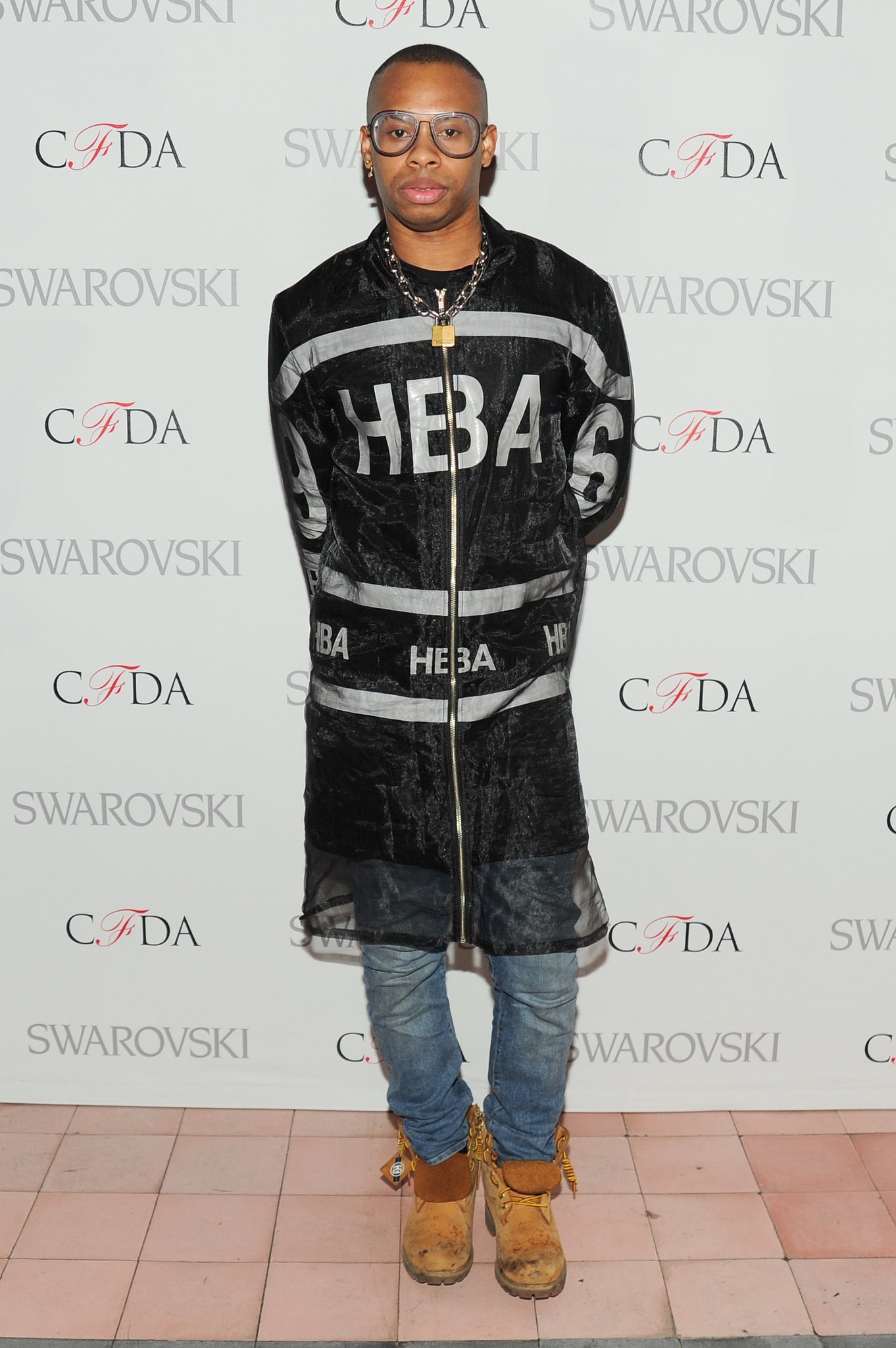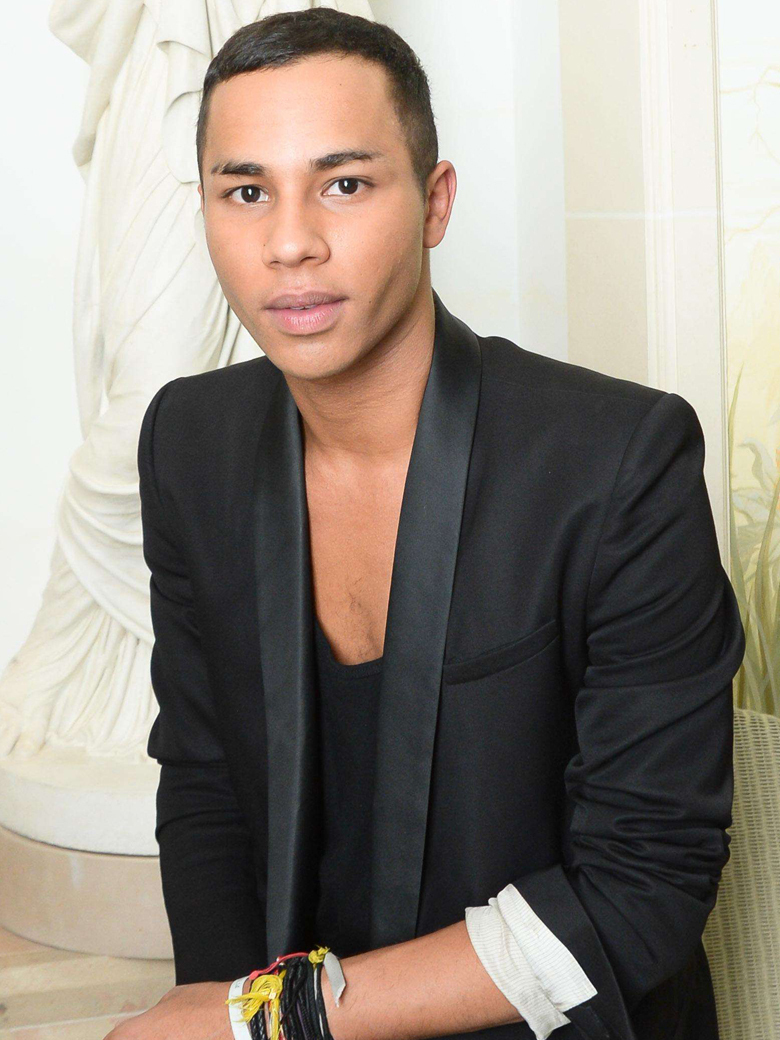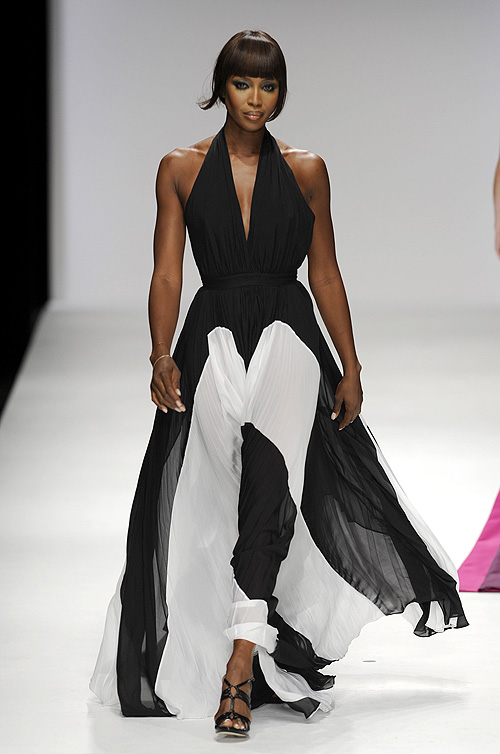Washington, D.C. has become a home and a place of influence for InTheRough. Family and friends, travel, as well as College have all landed ITR in our nation's capital. D.C.'s classical metropolitan area featuring major sports, delicious eats, strong cultural centers, nightlife, and the unique characteristic of being America's Mount Olympus lends itself to an environment that inspires growth and creativity. Popular culture thrives in D.C., spawning artists like Wale and collectives like Proper Vibes who represent the area's appreciation for its consumption of Goods. These made George Washington University's April 4th Spring Fling concert with 3lau and Theophilus London as well as a trip to Georgetown a welcomed event for InTheRough.
Electronic producer 3lau coolly took his position behind his computer, black Wayfarers intact, and met a GW crowd he was impressed by, jumping off stage to interact with the front row mid show. Theophilus joyously followed the electronic house producer bouncing to the stage with a huge smile and an aged pair of Air Jordan 1 "Royal" on his feet. His performance was exciting in large part to the rapper's live band and set list, which he chose via the MacBook eight feet to his left on stage. Theophilus' 2012 track "Big Spender" was flipped into a pleasant version we had never heard. He too exchanged pleasantries with the crowd giving High Fives and hugs to anybody that wanted one.
Footwear was an interesting observational piece at the concert. The day's nice weather made sneakers a common theme. Progressive and hip hop influences the performers provided, matched with George Washington's setting placed keen attention to kicks. The Swoosh and its Jumpman bi-product were easily noticed in a sea of white Chuck Taylors. So, a visit to Nike Georgetown to conclude the trip seemed appropriate, especially when an inflated basketball teaches you a life lesson.
InTheRough's latest trip to Washington, D.C. offered the opportunity to document George Washington University's 2015 Spring Fling. It also fostered an interesting conversation with somebody featured on ITR often, Cautious Clay. The DC based artist speaks on his talent, Ableton production, the D.C. music community, and his future in a forthcoming interview with InTheRough.

